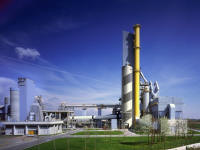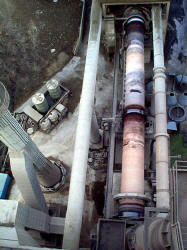There are different qualities of cements that differ in grip and production characteristics.

Portland cement
Portland cements are obtained by grinding clinker (calcium silicate hydrates) and adding gypsum and anhydrite (anhydrous calcium sulfate) dosed in the quantities necessary to regulate the hydration process.
Pozzolanic cement
The pozzolanic cement contains volcanic dust called "pozzolana" (Pulvis Puteolana) which gives the cement the ability to set even in damp environments (hydraulic binder). There are natural types, ie containing natural pozzolan, or synthetic ones. The first to discover the properties of pozzolana were the Romans, who mixed the cement in the Pozzuoli area and appreciated its characteristics.

Cement of Blast Furnace
On the other hand, blast-furnace cement is the homogeneous mixture obtained by grinding portland clinker and blast furnace base slag with a quantity of gypsum and anhydrite.
Natural or artificial cement
Natural cements are obtained directly from marls (rocks of sedimentary origin consisting mainly of limestone, clay and minerals such as alumina and iron oxide.
Artificial cements are instead obtained from mixtures of limestone, silica, alumina and iron oxide in predetermined proportions or from marl with different clay content, with the addition of additives.
Additives for cements:
Additives of various types are often added to improve the characteristics of a product.